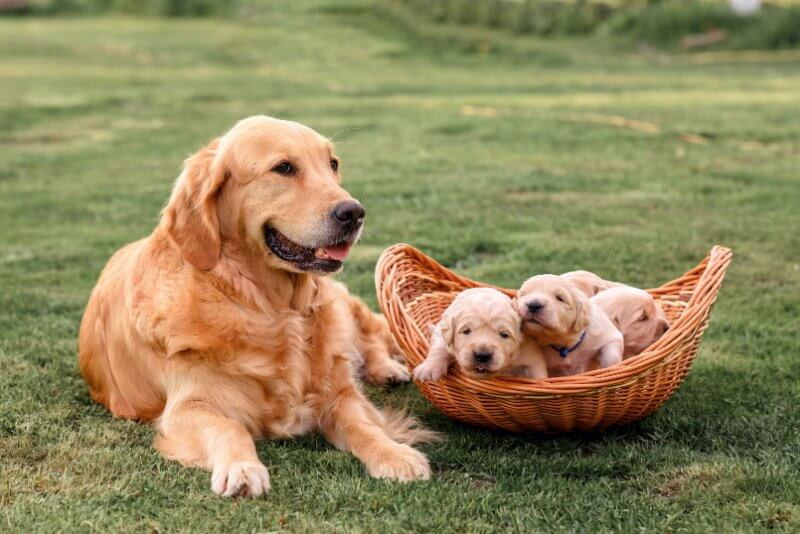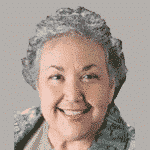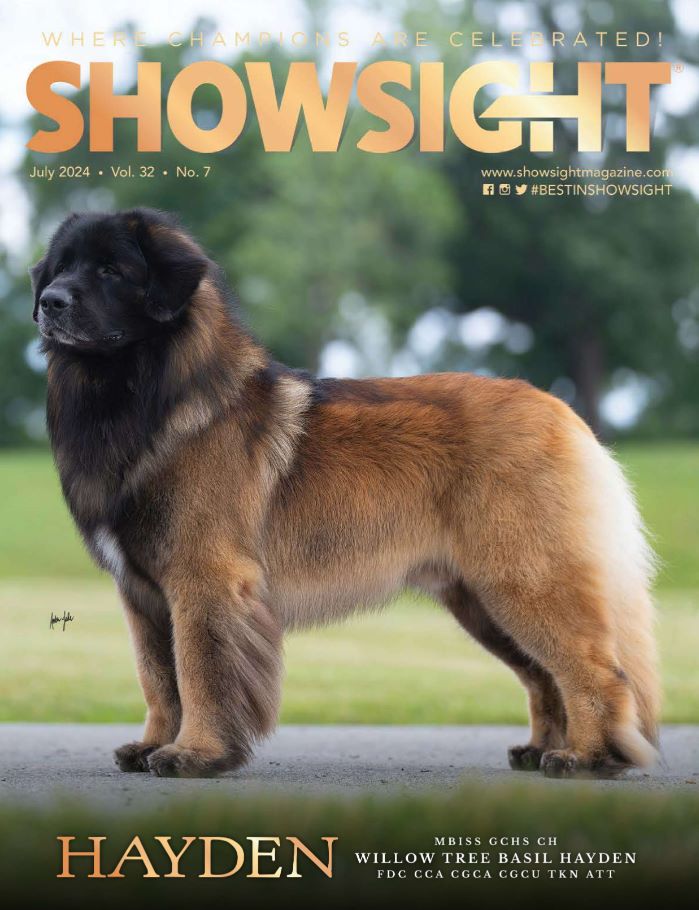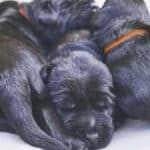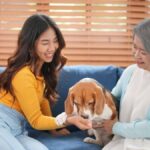Every so often I am asked by newer (and a few experienced) owner/exhibitors in my breed about breeding particular dogs together. Often, the individuals are looking only at the dogs in question or they will tell me they have put the prospective sire and dam’s pedigrees together and it “looks good on paper,” and ask if I concur. What’s missing here?
Prospective Sire and Dam
Let’s first look at the breed standard-driven type elements, structure, and movement of the prospective sire and dam in question. Supposing ownership of the prospective dam, has the prospective breeder honestly appraised her strengths and weakness? If not, have experienced and successful breeders (at the National Specialty level) been sought for input? Has the prospective sire been physically seen and appraised for his strengths and weaknesses? If not physically seen, have videos from all angles, including movement, been reviewed and discussed with the prospective sire’s owner? Do the prospective sire and dam have similar strengths and dissimilar weaknesses? If there is a breeding history on either the prospective sire or dam, what do their respective offspring look like in relation to the breed standard?
How About the Dogs within the First Three Generations?
The first three generations of the prospective sire and dam represent 14 dogs. When the prospective sire and dam are combined, it represents a total of 28 dogs. That’s a lot of genotypes to contend with for just the sire or dam, in addition to how the genotype was expressed as phenotype (what you see) in each.
What do you know about each one of those 14 ancestors in the prospective sire’s pedigree? In the prospective dam’s pedigree? If you have not physically seen them, how do their experienced owners honestly describe their strengths and weaknesses? Do the prospective sire and dam and their ancestors come from a phenotypically consistent (be it correct or incorrect) group of dogs? Were the prospective sire and/or dam the product of line-breeding or in-breeding? What attributes did the common ancestor(s) consistently produce? Were there faults in type, structure, movement, or temperament that the common ancestor(s) consistently produced?
What Does ‘Looks Good on Paper’ Mean?
In my early years, I often had fun with those handwritten pedigree half-sheets, one for the prospective sire and one for the prospective dam, held together by a spiral or comb binder. I watched my mentors flip through and combine two half-sheets for a prospective mating, or flip through until another prospective mating was side by side. By and large, those mentors had seen and/or bred the three generations of dogs in each half-sheet, and with their experience, projected what the phenotypic expression of a potential mating might be. This was great while I was involved with using my mentors’ dogs to plan my breedings.
However, when I wanted to go outside of my mentors’ dogs, it proved to be a different story. What did I, in my relative newness to the breed, know about the dogs in the pedigrees of prospective mates? Did I even ask the right questions (see previous paragraphs) to be able to try to project what a potential mating might produce?
Elements of a Potentially Successful Breeding
What do you want to accomplish, phenotypically and genotypically? What is your plan? Where do you want to be in five years? (Hint: It’s not the number of champions finished, Groups or Bests in Show won.) What is your ideal specimen of your breed, within the meaning and interpretation of the breed’s standard? There is an expectation here that the elements of breed type, structure, and movement are on a path of continual improvement AND that the good health aspects of the breed are preserved
or improved.
Are you brutally honest in recognizing and acknowledging the strengths and weaknesses of the prospective dam and sire? This is not a time for excuses. Whatever offspring are produced may well carry your breeding decision into the future.
Have you been well informed, by whatever means, of the strengths, weaknesses, and prepotency of the three generations of ancestors behind each prospective sire and dam? Some sires and dams are dominant for certain traits—good and bad. Which are the prepotent ancestors in the prospective mating and what traits were they dominant for (good and bad)? Is the prospective sire or dam from a long line of phenotypically predictable dogs?
What are the genetic health indicators in the breed? What are the genetic health testing results of the ancestors? If some results are not known, has the ancestor ever produced an affected dog with a health issue of concern? Where genetic tests are unavailable, think of those diseases/conditions likely to be polygenic (produced from the cumulative effects of many genes), i.e., hip dysplasia. Have ancestors been evaluated by qualified veterinary specialists? What are the results? Are those results in a publicly available health database? For those diseases where there is no public database, i.e., bloat, cancer, what is the history of the ancestors and their progeny?
Have you asked your mentor(s) which male they would breed to your prospective dam? Or conversely, if you own the prospective sire, would they breed a particular female to your male? Those who have long and deep experience in a breed are often familiar with the various lines of dogs and what they can be expected to produce when bred from. This knowledge of how phenotype is the expression of genotype within families of dogs, or through prepotent near ancestors or an ancestor that is the focus of line-breeding or in-breeding, is built up over time and exposure to many examples of the breed as well as following the offspring of matings.
Are you brutally honest in recognizing and acknowledging the strengths and weaknesses of the prospective dam and sire? This is not a time for excuses. Whatever offspring are produced may well carry your breeding decision into the future.
Expectations
Temper your expectations with a heavy dose of reality. Not all breedings result in a genotypic “nick” to produce phenotypic excellence. Even within the same litter, there may be a wide variability of quality (structure, movement, and health). This is certainly the case within my own breed, one that is often said to not breed true. Once the offspring are old enough to be properly evaluated by experienced evaluators (the age ranges will vary according to breed), only those that have met the goals defined for that breeding and that fit within the plan to advance the breed should be retained to grow out.
Your next question, and possibly one for a future column, should be: “Is this grown-out pick puppy worth keeping? Is it worth breeding from?” The cycle of questions will start again. Good luck!


